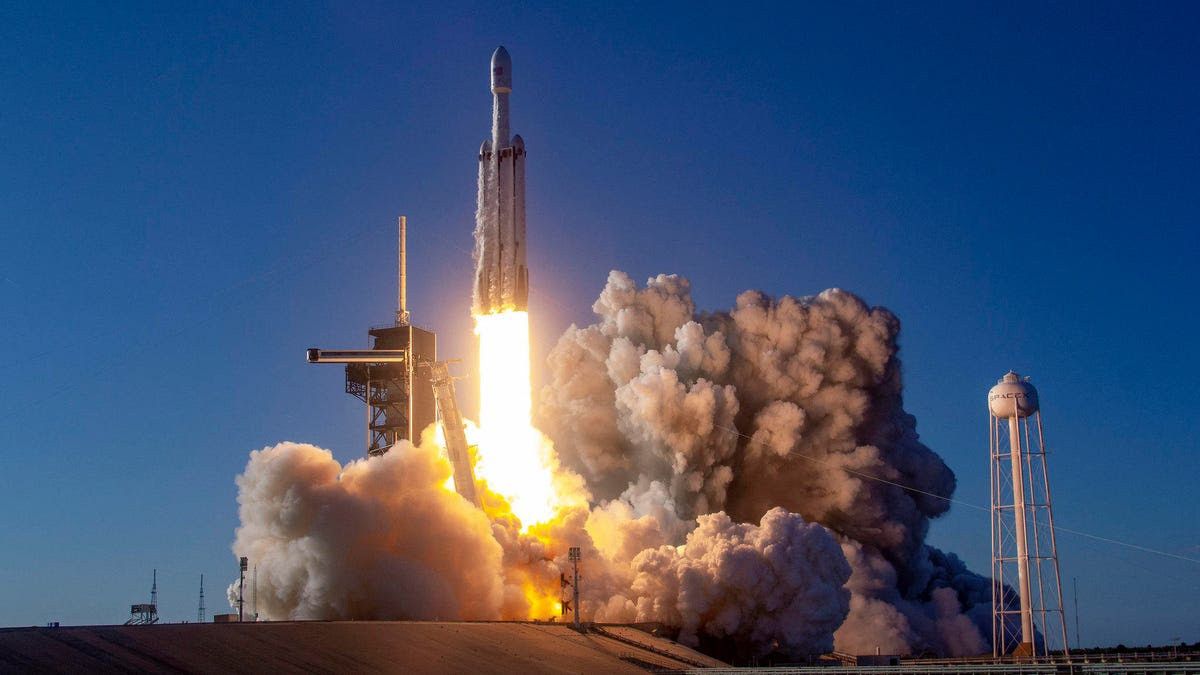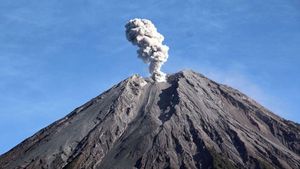JAKARTA - SpaceX has just successfully launched a Falcon Heavy for the first time since June 2019, ending a long period of inactiveness for the world's most powerful operational rockets.
The launch of Falcon Heavy comes with huge implications, and not just because of its impressive physical strength. Its ability to carry 140,000 pounds of cargo, can only be rivaled by NASA's retired Saturn V rocket, which helps carry astronauts to the Moon on the Apollo mission.
Despite the first successful launch since 2018, SpaceX rockets have experienced just three total launches since then, with the latest occurring in 2019.
While carrying out some of those missions the rockets were quite promising, including the successful launch of a historic commercial, Falcon Heavy also carried out missions for NASA, assisting the advancement of space technology and future Mars exploration expeditions in the process.
Yesterday, under the power of 27 engines in the first phase, the rocket carried two payloads of secret space technology into orbit for the United States Space Force on Tuesday, November 1 local time launching from Cape Canaveral, Florida, USA.
Launching CNET, Wednesday, November 2, less than 10 minutes after takeoff, the rocket's side thruster returned for a successful landing not far from the launch pad. The central core booster was dumped into the sea after sending the payload on its way into orbit.
The Falcon Heavy consists of a core stage which is a modified version of the first phase of the Falcon 9 rocket, and two boosters installed on the side.
During the launch, Falcon Heavy was tasked with deploying vital payloads into geostationary orbits nearly 36,000 km above Earth's surface in a joint operation known as the USSF-44 mission. The cargo carried was reportedly a prototype military micro-satellite called TETRA-1 and CubeSat.
The payload aims to test the conditions of Earth's high-orbit environment and demonstrate its technological capabilities, this equipment will be used to pave the way for future space technologies and missions.
Usually the payload is injected into the transfer orbit, and then the spacecraft propellant is used to lift the vehicle into a circular geostationary orbit. However, in this case, the first and second stages of Falcon Heavy did all the work.
The English, Chinese, Japanese, Arabic, and French versions are automatically generated by the AI. So there may still be inaccuracies in translating, please always see Indonesian as our main language. (system supported by DigitalSiber.id)








